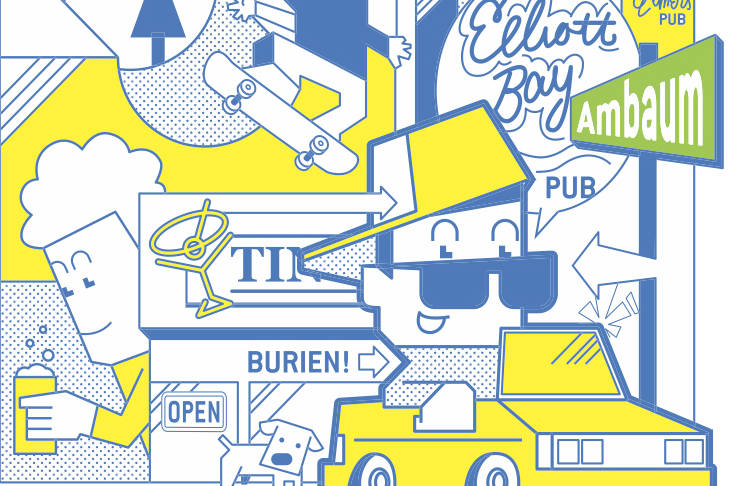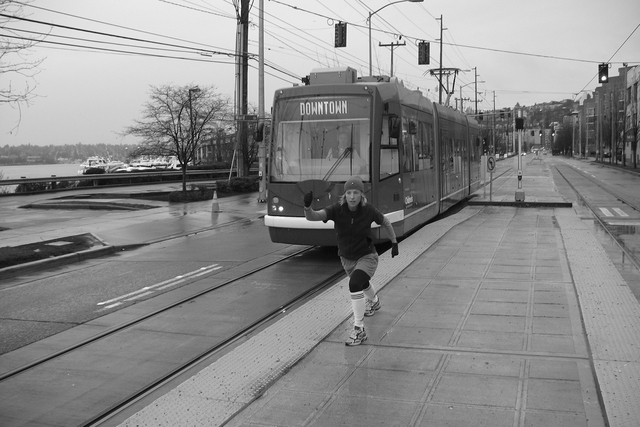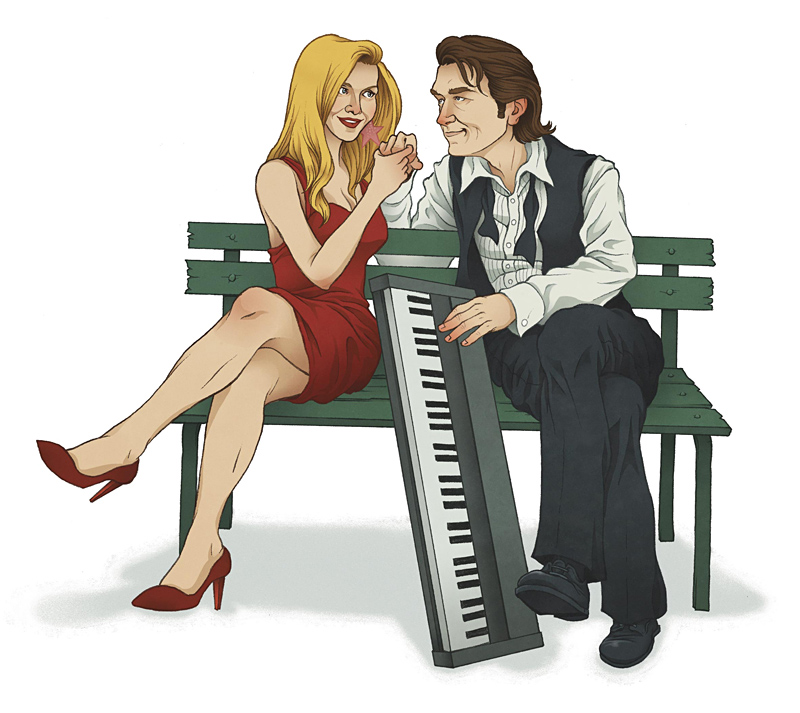In a recent Wall Street Journal article discussing the National Football League’s efforts to more seriously address the problem of concussions in its ranks, the WSJ reminded us of an old quote from former all-pro defensive back Ronnie Lott, who said that “if they took away half my padding, they’d take away half my power.” The author followed that up by stating: “No one wants to take anything away from the Ronnie Lotts of football.” But with former players fraught with gridiron-related brain damage that has led to at least one recent high-profile suicide (that of Dave Duerson, pictured), it’s puzzling to figure out why the NFL isn’t considering just that.Helmet-to-helmet tackling is the primary culprit in the league’s decades-long concussion epidemic, and the NFL, under Commissioner Roger Goodell, has taken steps of late to penalize players who engage in such behavior. It’s also mandated that teams follow strict guidelines with players who suffer concussions before they’re allowed to reenter games. Furthermore, Goodell tapped Seattle neurosurgeon Richard Ellenbogen to co-chair the NFL’s head, neck and spine committee.”You can’t eliminate concussions,” says Ellenbogen, who splits time between Harborview and Seattle Children’s hospitals. “You and I can get a concussion falling to the street. But how do we lessen the risk of concussions? The rules committee has tried to lessen the impact of the things we know that cause concussions — kickoffs and special teams. The NFL is involved in some very high-level engineering and testing of helmets. We don’t actually know which of the hits cause the concussions; they’re going to use an independent engineering firm to test angular acceleration and other sorts of hits, and put sensors in the helmets and mouthpieces so we can better determine which of the hits are causing the concussions. Whatever they discover could be used by the helmet manufacturers and players.”Ellenbogen, like the WSJ, is dismissive of the notion that the league can turn back the clock to the early 20th century, when players wore leather helmets that all but negated the sort of tackling that leaves a ball carrier seeing stars. “Whether it’s thigh pads or helmets, there’s a balance between players who are faster and stronger than ever who can use these as weapons versus the person who is hit, who wants the padding and protection so that when they’re hit the effect will be less. At the end of the day, safety’s gotta come first. I defer to the guys who are the experts at football: the competition committee, people like John Madden who actually know the game. They’re really tending toward making better padding and wanting us to work on understanding how helmets can be potentially safer. We have to figure out how to make the recipient of the hits safer.”Ellenbogen’s argument is aligned with common sense. The problem, as Lott alluded to, is that an offensive player’s protection is a defensive player’s weapon. By contrast, professional rugby players wear no helmets or pads. Yet their concussion problem, while hardly nonexistent, is not as pronounced as the NFL’s. “It’s pretty comparable to football, even without helmets,” says Jarrod Beckstrom, communications director of USA Rugby in Boulder, Colorado. “The form we use for our tackles is very different. In football, you lead with your head, but in rugby, coaches teach cheek to cheek — butt cheek to head cheek.”Reverting to no headgear or padding would be ludicrous for the NFL, no doubt. But does a happy medium exist? Say, a return to the Red Grange look of the 1920s–just enough padding to cushion a fall, yet not enough to make that fall harder? It’s certainly worth considering in what amounts to a life or death situation.Follow The Daily Weekly on Facebook and Twitter.
More Stories From This Author
New state legislation fights catalytic converter theft
Governor Jay Inslee signed a bill on March 26 adding new regulations to the purchase and sale of catalytic converters…
By
Benjamin Leung • April 8, 2024 1:55 pm
Kirkland officer steps down following investigation into bikini barista incident
A Kirkland police officer accused of exhibiting odd behavior toward bikini barista employees while using a city-owned vehicle has resigned…
By
Cameron Sires • April 5, 2024 10:09 pm
KC Sheriff’s Office sues over Burien encampment ban
Office of Law Enforcement Oversight director calls Burien’s ordinance “unconstitutional.”
By
Cameron Sheppard • March 18, 2024 12:32 pm







